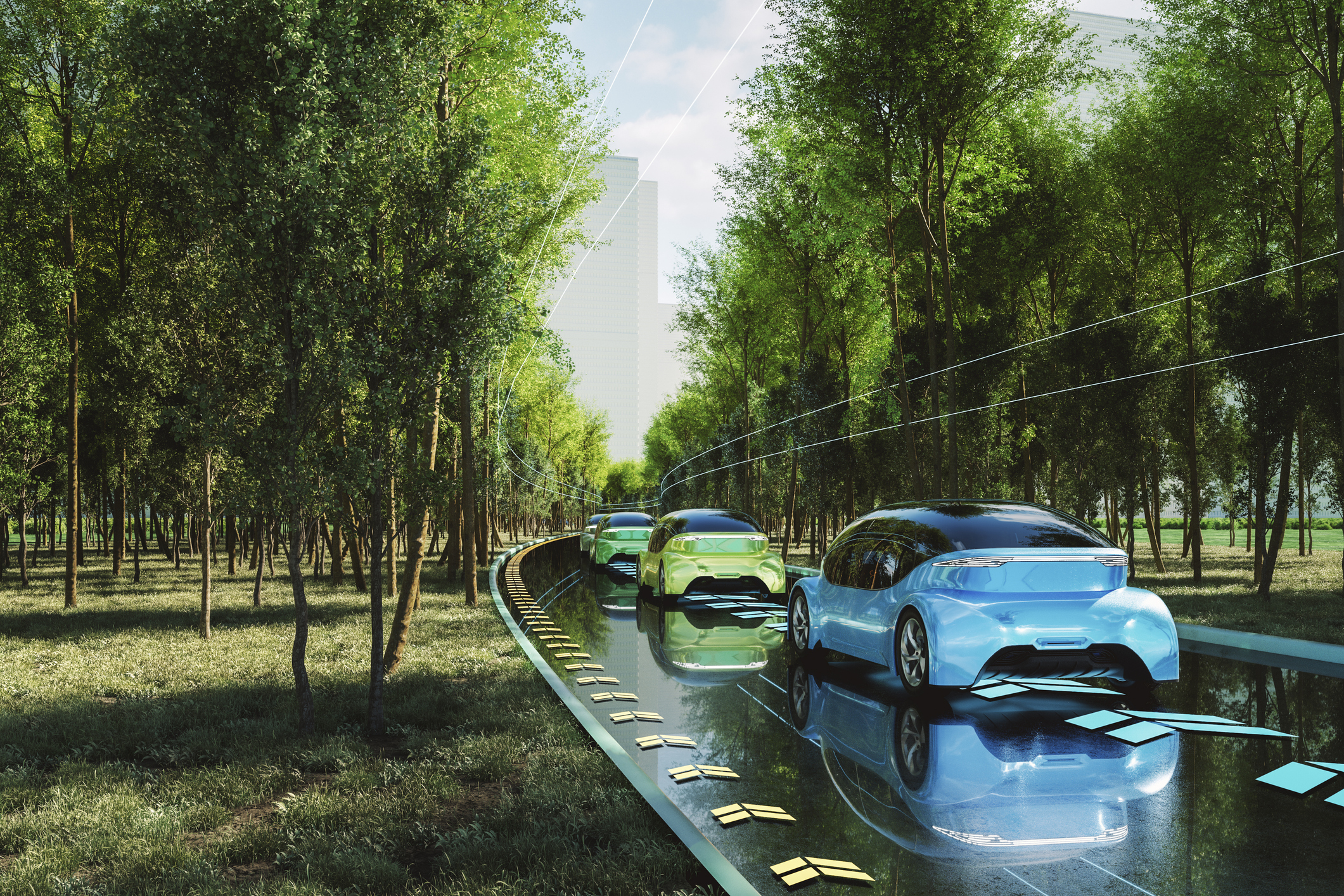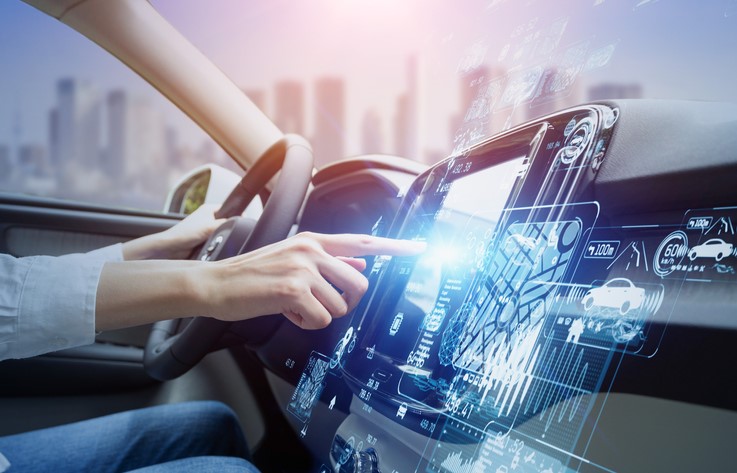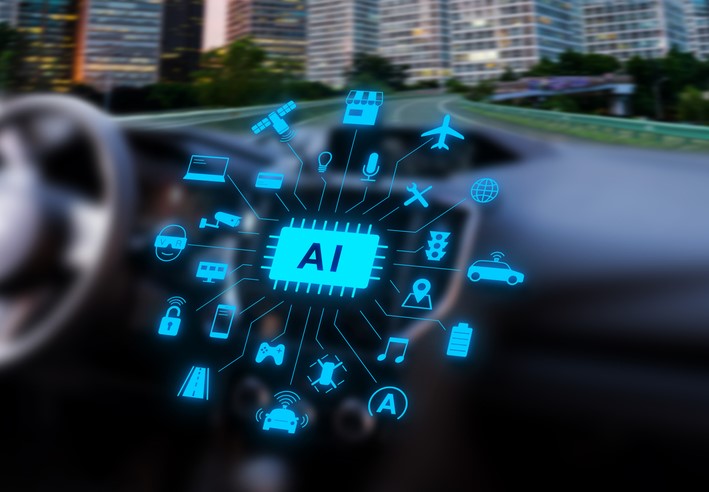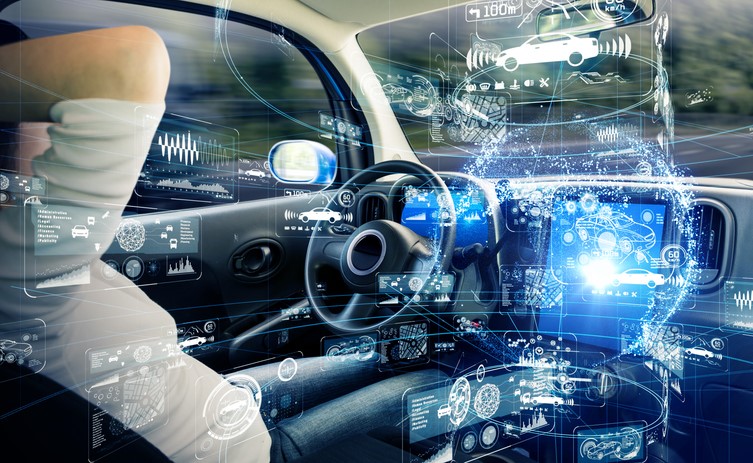The Car of the Future - What Will You be Driving in 2050?
Tuesday 15th March 2022
Last updated: 4th February 2025

Accurately predicting the future can be fraught with difficulties and with hindsight even the most sensible predictions can look foolish. Such as when William Orton, as President of Western Union, dismissed telephones as a “toy” and turned down the chance to buy the patent for $100,000.
It’s easy to laugh when someone gets it so wrong but, as the new millennium began and fears of a Y2K bug were swiftly allayed, how many of us were seriously predicting the electric car revolution we are currently experiencing?
With this in mind, and putting electric, hydrogen, and other alternative fuels to one side (just this once), what will we be driving in 2050? Let’s see.
Are flying cars closer than you think?

As far back as 1940, Henry Ford was quoted as saying “a combination airplane and motorcar is coming, you may smile, but it will come.” Was he right?
Slovak design and development company AeroMobil certainly think so and have invested 350,000 hours of design, engineering, and testing to create their latest 2-seater craft capable of flying over 460 miles at 99mph. It sounds great but, just in case you’re tempted, it will set you back a cool $1.6 million.
On the other hand, there’s the Samson’s Switchblade, which has wings that swing out and a tail that extends in under 3 minutes, as this street-legal vehicle readies itself for flight at up to 200 mph and 13,000 feet. And, at the comparatively bargain price of around $150K, over 1,500 people in 45 countries have already reserved theirs.
Of course, whether these are really cars or not is a moot point. Arguably, they are small planes that can travel for some distance on the road. But it’s a start and there are 10 models which are either available now or will be in the foreseeable future.
Large scale adoption is another thing altogether and, when you consider that it’s taken over 100 years for electric cars to become mass market, there’s little point in getting too excited just yet.
Will we need drivers?

Google started their self-driving car project in 2009 and have driven over 20 billion real world and simulated miles in their quest to develop the ‘World's Most Experienced DriverTM. In fact, Waymo OneTM already offers fully autonomous taxi rides in Phoenix, Arizona, with customers simply downloading an app and hailing a cab.
Here in the UK, completely self-driving cars are not yet legal for road use, but adaptive cruise control, emergency braking, self-parking, and lane-keeping systems, are becoming commonplace. Then there’s the Tesla Model 3’s optional Enhanced Autopilot which will change lanes based on your instruction, monitoring its surroundings as it does so.
There’s still a long way to go but trials such as the one taking place in Milton Keynes, where a remote driver in a call centre delivers an empty electric car for you to jump in and take over the controls, shows that self-driving vehicles are on their way.
It’s fair to say that the public still need to be convinced of their safety but, when you consider that there are 1.35 million vehicle related deaths worldwide each year, with up to 94% of crashes caused, at least in part, by human error, self-driving technology may not be perfect but it could well be a safer option.
Cars that are connected with everything

For autonomous cars to really take off they will need to do more than just navigate safely, they will need to exchange information with all aspects of the outside world. This will include weather conditions, service stations, road signs, other vehicles, and buildings. Only then will your vehicle be able to make the sort of decisions that drivers make every day.
Technically this is all possible now, but the infrastructure required for large-scale adoption is still a fair way off. And so, as is often the case, it is likely to be a case of evolution rather than revolution — but it will happen.
Changing your car colour to suit your mood

The 2022 Consumer Electronics Show in Las Vegas saw BMW showcase their new colour-changing paint. It sounds amazing but it basically uses E-ink (just like your Kindle).
It works because the millions of microcapsules, with negatively charged white pigments and positively charged black pigments, mean that an electric field can bring either the black or white colour pigments to the fore, resulting in a black, white or grey car. Depending on the setting, it is also possible to create a pattern on the surface of the car.
The technology is unlikely to be available any time soon, and a wider colour pallet would surely be required, but BMW also claim that the choice of colour can impact efficiency by absorbing higher or lower levels of heat energy.
Talking to your car

Some of us already talk to our cars with a ‘Hey Siri’, or ‘Alexa…’, but we are a long way from the Knight Industries Three Thousand, otherwise known as KITT from Night Rider (for those of us who remember that far back).
At this stage, voice control is generally limited to relatively simple instructions that control media devices, navigation, telephones, or basic in-car controls.
Moving forward, as voice recognition systems become increasingly accurate and as AI helps devices respond to a wider range of commands and questions, we can expect increasing levels of voice control to come into our cars.
A place to work or play

The car of the future may feel more like a first-class plane cabin. A space where passengers relax and watch a film, snack from a fridge, or catch up on some work. You might even have a flat bed to snooze the drive away.
Manufacturers are already showcasing 30+ inch screens with 5G connectivity and 8K resolution. This means that with each screen acting as a gateway to a whole host of on-demand services, the car will become just another extension of our home or office.
And, if you want a break from the screen, you can always look out of what was once just a window but is now a fully panoramic view with one-way glass that protects your privacy whilst you take in the natural beauty around you (or the M1).

